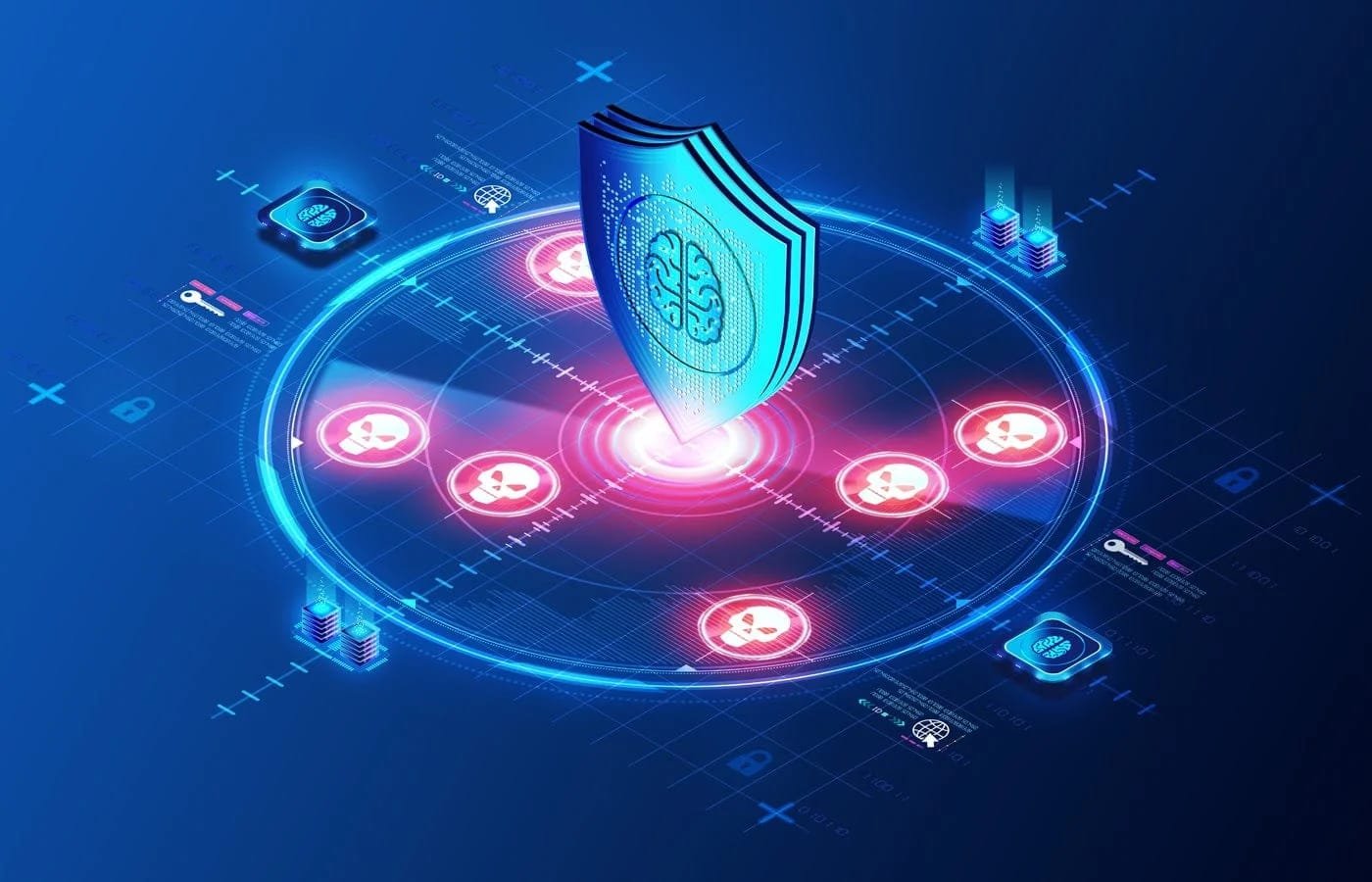The ransomware landscape continues to evolve in unpredictable ways, as seen in the events of the first week of March 2024. Another notorious ransomware operation, BlackCat/ALPHV, faced the consequences of targeting critical infrastructure, leading to repercussions in the US healthcare system. The saga highlights the ongoing battle between law enforcement and cybercriminals, with high stakes in play.
What happened
The saga of BlackCat/ALPHV, formerly known as DarkSide, reached a dramatic climax this past week as the ransomware operation once again found itself in the crosshairs of law enforcement. Despite being targeted by an international crackdown, the group continued its operations and ultimately set its sights on US critical infrastructure in a misguided act of revenge. The repercussions were swift and severe, with the healthcare sector bearing the brunt of the attack.

UnitedHealth Group’s Change Healthcare, a vital technology solutions company relied upon by numerous healthcare facilities, fell victim to the ransomware gang’s assault. The disruption caused widespread chaos, hindering the processing of insurance claims and prescriptions and forcing patients to pay full price for medications. In a desperate bid to contain the fallout, Change Healthcare’s parent company, Optum, reportedly paid a hefty $22 million ransom to BlackCat/ALPHV, only to be met with deception and betrayal.
The ransomware operation executed an exit scam, absconding with the ransom payment and blaming law enforcement for their actions before abruptly shutting down. The incident sheds light on the intricate dance between cybercriminals and authorities, showcasing the high-stakes game of cat and mouse unfolding in the digital realm. As organizations grapple with the fallout of such attacks, the need for robust cybersecurity measures and proactive threat detection has never been more critical.
Impact of these developments
These events serve as a sobering reminder of the escalating threat posed by ransomware attacks. The boldness and audacity displayed by cybercriminals like BlackCat/ALPHV underscore the need for enhanced collaboration between law enforcement agencies and private sector entities to combat this menace effectively. In the aftermath of this latest incident, we can expect to see a renewed focus on cybersecurity investment and preparedness across industries.
The cybersecurity landscape is evolving rapidly, with new threats emerging daily. This compounding problem is a call to action for the cybersecurity community to unite in developing innovative solutions and sharing critical threat intelligence.
As ransomware attacks grow in sophistication and impact, organizations must prioritize cybersecurity measures to safeguard their data and systems effectively. The emergence of ransomware-as-a-service (RaaS) and the heightened focus on critical infrastructure highlight the importance of robust defenses and proactive threat intelligence. Consequently, the aftermath of the BlackCat/ALPHV incident is poised to impact cybersecurity significantly, leading to a reassessment of risk management tactics and incident response procedures.
In the realm of information security, preparing a comprehensive strategy is akin to drafting a business plan. Studying the market trends and technological advancements helps in formulating an approach that not only safeguards assets but also aligns with organizational goals, enhancing overall resilience.
Like to read more
I make it a point to share stories like on my website. This serves a dual purpose: firstly, to provide a valuable reference for my writing endeavors, and secondly, to share insightful narratives with the wider community.
If you like this story you should check out some of the other stories in the Small Business
You can also find more of my Cybersecurity writings here in the Cybersecurity section
To check the original story Click here






